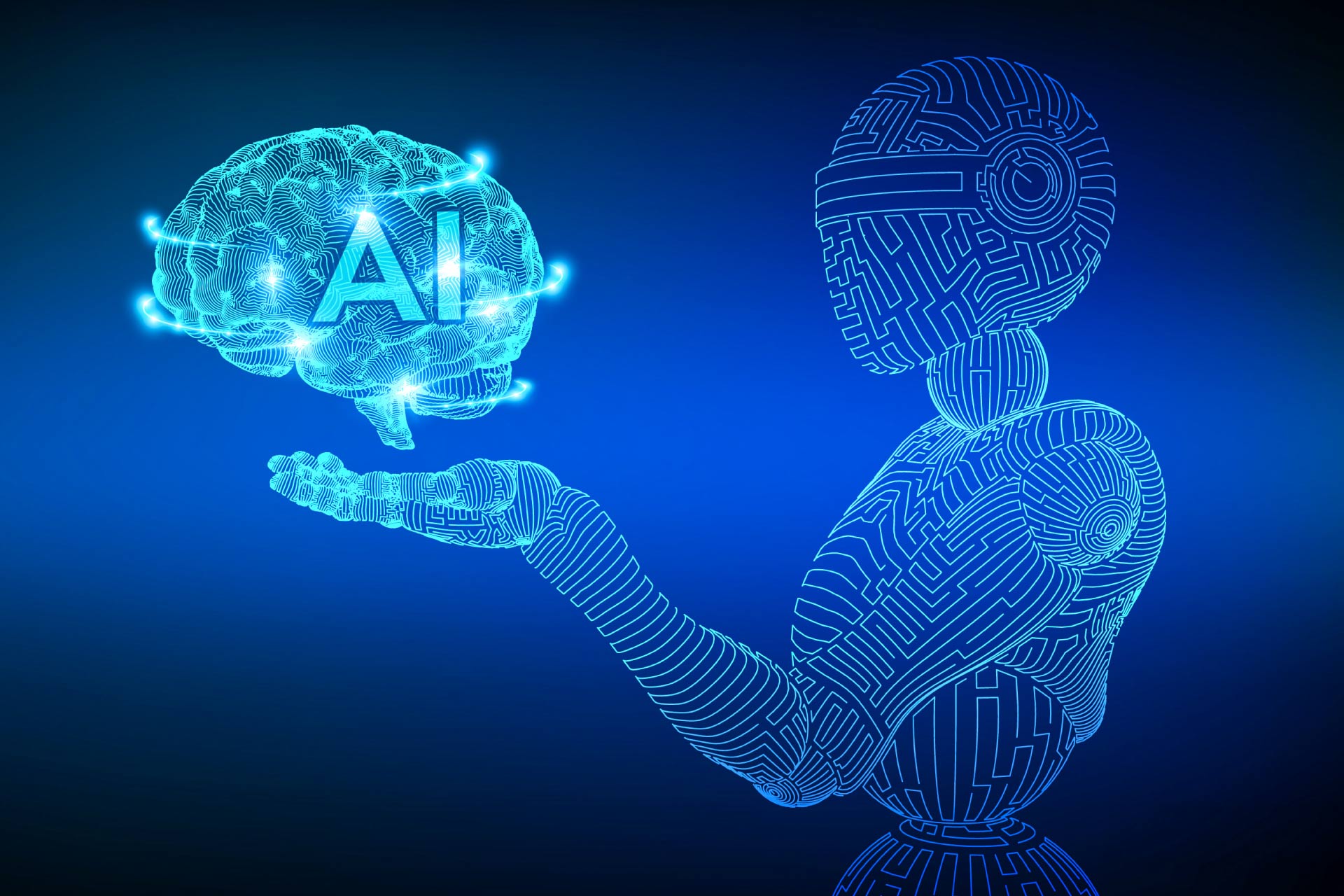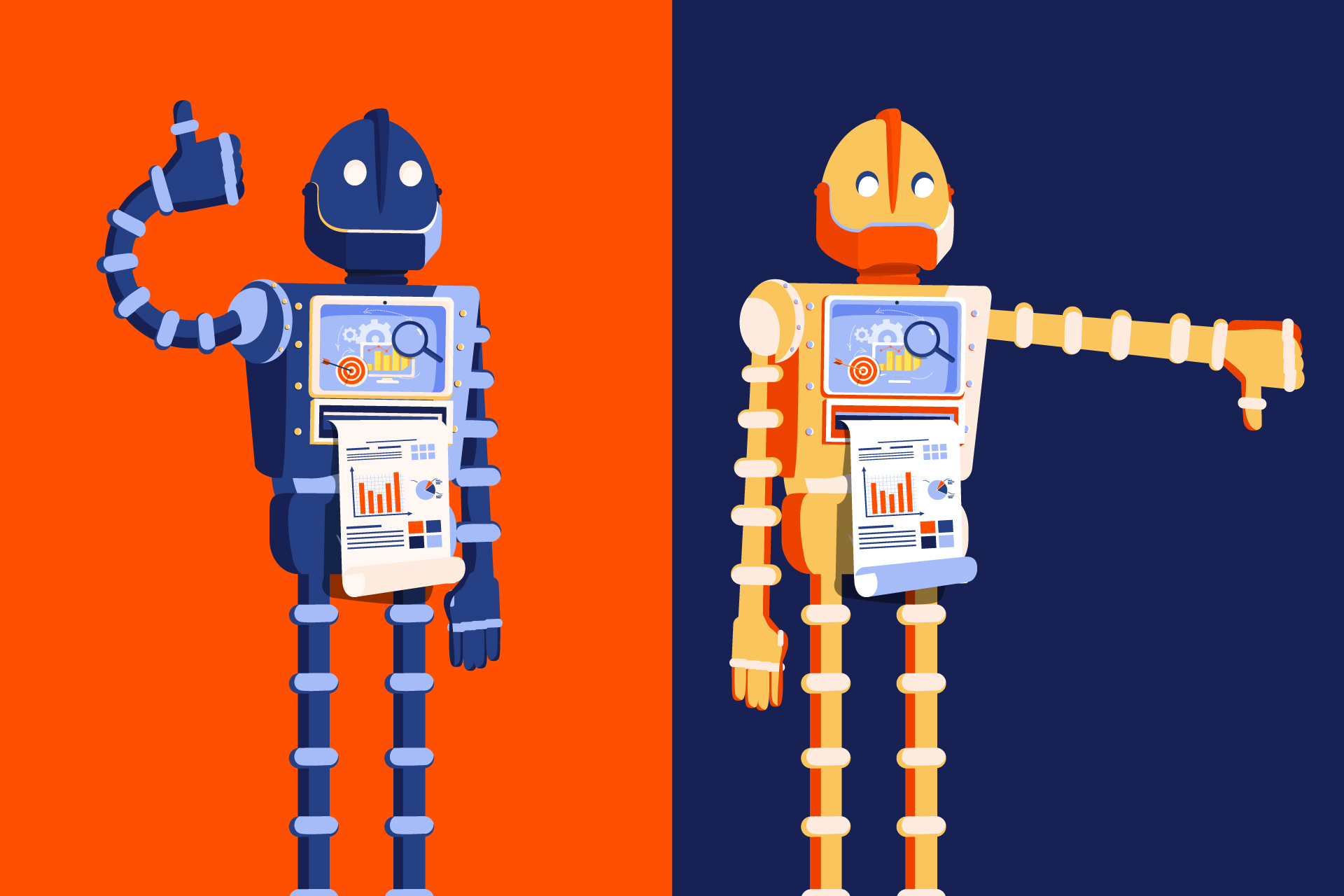AI in Graphic Design: How AI is Impacting Creativity in 2024

Today, digital transformation touches every corner of our lives, artificial intelligence (AI) has emerged as a game-changer in various industries, including the creative sectors.
Within the realms of graphic design, AI’s influence is growing at an unprecedented rate, offering novel solutions and reshaping traditional workflows.
This article explores the transformative role of AI in graphic design, shedding light on its benefits, potential concerns, and its expansive role in the larger creative world.
Table of Contents
The Advent of AI in Graphic Design
Graphic design has always been a dynamic field, with practices evolving in tandem with technological advancements. From the days of pen and paper to sophisticated digital tools, the industry has witnessed significant transformations.
The advent of AI, marked by its ability to mimic human intelligence and automate tasks, has started a new chapter in this evolution.
With capabilities like predictive analytics, natural language processing, and machine learning, AI in graphic design is not just an assistive tool—it’s a revolutionary force.
AI-Driven Design Technologies
Several AI tools and platforms are at the forefront of this change, with Adobe Sensei, Autodesk, and Canva’s smart design features being notable examples. These technologies streamline the design process, offer predictive solutions, and even generate content, significantly reducing the time and effort traditionally required.
For instance, logo makers powered by AI can produce numerous design options in a fraction of the time a human designer would need.
Advantages of AI in Graphic Design
The benefits of integrating AI into graphic design are manifold. Firstly, AI dramatically enhances efficiency and speed, handling time-consuming tasks, allowing designers to focus more on strategic, creative decisions.
Secondly, the data-driven nature of AI means it can analyze trends and user preferences, informing designs that are visually appealing and effective in communication. AI’s ability to personalize content caters to the growing demand for individualized user experiences.
Furthermore, AI democratizes design, its intuitive tools enabling even those without formal design training to create high-quality visuals.
Challenges and Concerns
However, the rise of AI in creative disciplines isn’t without its debates and concerns. A prevalent argument is whether AI, a programmed entity, can replicate the human creativity that often springs from emotion, experience, and cognition.
There’s also apprehension about job displacement in the design community, as automation becomes increasingly sophisticated.
Ethically, the industry must navigate issues like copyright infringement, the authenticity of AI-generated content, and biases in AI algorithms.
AI in the Larger Creative World
Beyond graphic design, AI’s footprint is expanding across the creative industry. In writing, tools like AI text generators can draft content, while in filmmaking, AI can assist in editing, curating shots, or even scripting. Music composition isn’t untouched, with AI producing tunes and melodies.
These developments highlight the collaborative potential between AI and human creativity, pointing towards a future where such partnerships can lead to unprecedented creative outcomes.
Future Predictions and Opportunities
Looking ahead, AI in graphic design is set to become more intuitive, learning continuously from user inputs and global trends.
For graphic designers, this isn’t a signal to alarm, but an opportunity to harness AI’s capabilities to unleash new creative heights.
By leveraging AI for mundane tasks, designers can focus on more conceptual work, blending AI’s precision with human imagination.
AI in Graphic Design – Impact on Designers and Businesses
AI’s Role in the Design Process
The advent of AI in graphic design isn’t just transforming how designers work; it’s also shaping the way businesses approach their design needs. AI-powered tools are designed to enhance the capabilities of human designers, not replace them.
These tools can automate mundane tasks, analyze trends, and even generate basic design elements, allowing designers to focus more on the creative and strategic aspects of their work.
The Synergy of AI and Human Creativity
While AI brings efficiency and data-driven insights to the table, the human element in design – intuition, emotion, and a deep understanding of cultural nuances – remains irreplaceable. Graphic designers are essential in interpreting AI-generated options, making contextual decisions, and infusing creativity that resonates with audiences.
Therefore, businesses must recognize that hiring skilled designers to work alongside AI tools is crucial for creating impactful designs.
How Businesses Can Approach AI in Design
For businesses, the integration of AI into their graphic design processes should be viewed as an opportunity to enhance productivity and creativity, not as a shortcut to cut down on human resources.
Here are some strategies for effectively incorporating AI in design workflows:
- Collaborative Approach: Encourage collaboration between AI tools and designers. Use AI for preliminary designs, trend analysis, and optimization tasks, leaving designers to add the human touch.
- Training and Adaptation: Invest in training designers to effectively use AI tools. This upskilling not only enhances their productivity but also opens up new creative possibilities.
- Customization and Personalization: Utilize AI’s data processing capabilities for personalized design outputs. This can be especially useful in marketing and branding, offering tailored experiences to customers.
- Ethical Considerations and Brand Identity: Be mindful of ethical concerns, such as the originality of AI-generated designs. Ensure that AI assists in reflecting the true essence of your brand, without compromising on the authenticity and uniqueness of your brand identity.
- Future-Proofing Business Strategy: Stay informed about AI advancements. Adapting to new technologies early can give businesses a competitive edge, especially in dynamic industries.
Businesses that understand and harness this synergy can elevate their branding and design efforts, achieving greater efficiency and innovation in their visual communications.
Harnessing AI for Tomorrow’s Graphic Design
AI in graphic design signifies a transformative phase in the world of creativity. The potential advantages like heightened efficiency, evidence-based insights, and tailored content cannot be overlooked.
The key is to view AI as a collaborator, complementing human creativity, not replacing it. As we step into the future, partnering with top design agency like Triplegrowth will be at the forefront, merging the best of technology and human talent to redefine the boundaries of design.
